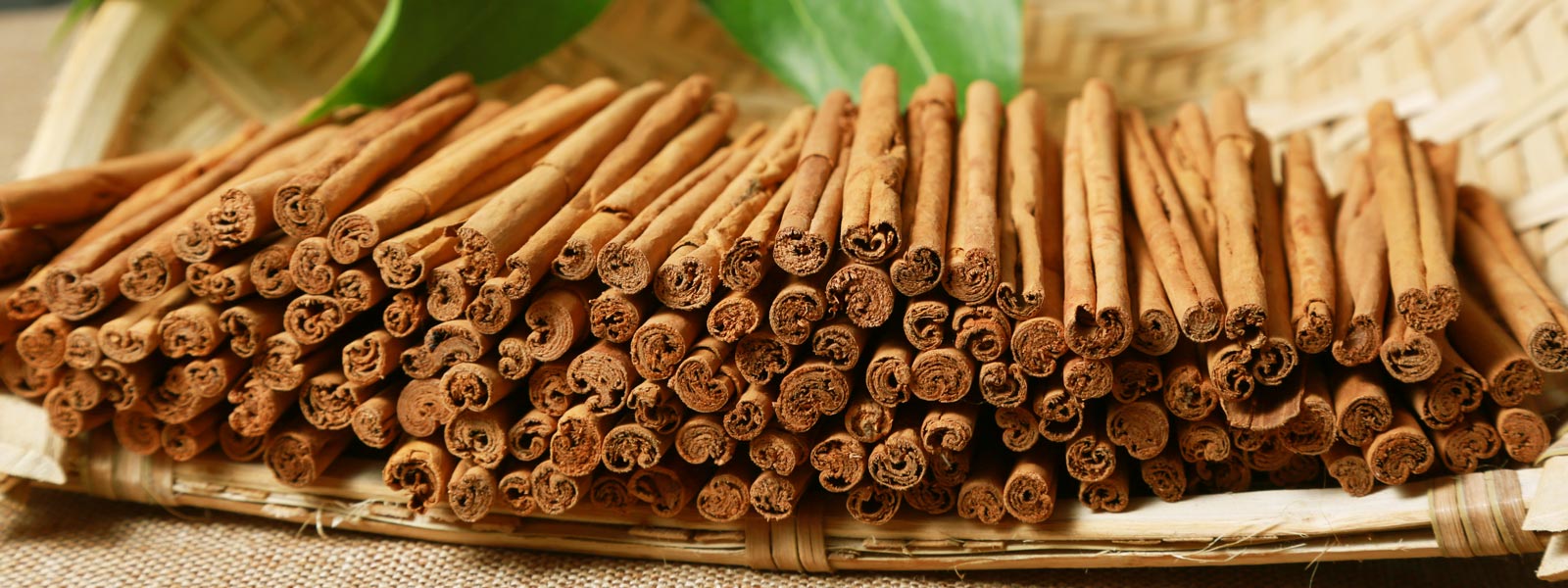The Legend of Ceylon Cinnamon
Until the 16th century, ‘cinnamon’ was a taste secret that embodied the mystique, restricted to the Arabs who monopolized their trade.
Keeping that secret, the Arabs of the past crossed difficult sea routes to find ‘Sirilaka’, which was more than three thousand miles away, and ‘Sri Lankan cinnamon’ was a natural product of high quality.
A wonderful archaeological discovery has been reported from Israel which confirms that there is no substitute for such Sri Lankan cinnamon not only in that distant past but even today.
Even archaeologists were surprised by the smell of the glass flasks that were excavated a few years ago in the ruins of Tel Dor, located thirty kilometers south of Haifa, Israel. The thing that surprised them was how these flasks, which are more than three thousand years old, had been submerged in the ground for such a long time and remained so fragrant even after undergoing many changes in time.
The scientists who analyzed the materials in twenty-seven flasks found in five archaeological excavation sites in the ruins known as ‘Levant’ at the time, discovered that ten of them contained the chemical ‘cinnamaldehyde’, which is responsible for the delicious taste and smell characteristic of cinnamon.

Although cinnamon was cultivated in countries like Africa, India, and Indonesia, the peculiarity was that the remnants found in these flasks, which claimed a past of three thousand years, matched only the characteristic blend of taste and aroma of Sri Lankan cinnamon.
Because there was no other type of cinnamon capable of competing with Ceylon cinnamon, today as well as in the distant past, despite the risk of life, the ‘Cinnamon Island’ (the mysterious country where cinnamon grows was known as Pais De La Canela, i.e. Cinnamon Island among the Spanish) or This ‘Phoenician Flask’ found in Israel is the best archaeological evidence that these Arab traders, especially the Phoenicians, were motivated to come to Sri Lanka.
This is what “Wari Namdar”, a researcher at the Weizmann Institute of Science affiliated to Tel Aviv University in Israel, and her research assistant, Ayelet Gilboa of Haifa University, said.
The glass flasks used to store cinnamon were specially designed for the safe storage of this highly valued spice in the northern coastal region of Israel, a land belonging to Phoenicia at the time.
Such hoards with narrow openings and thick walls have also been found in unique ruins such as flasks ancient temples and treasure sites, which imply how highly the ancient Phoenicians of Arabia held cinnamon in high esteem.
It is the belief of Namdar and Gilboa that the dried cinnamon barks brought from the East after paying for cumin were mixed with some liquid in these flasks and shipped to neighboring states such as Upper Philistia (currently this area is located to the southwest of Israel) and Cyprus and to the West.
Archaeologists Namdar and Gilboa, who answer the question of what the cinnamon in the flasks could have been used for, say that they may have been used to produce aromatic and flavored pressed drinks, which were the most popular drink among the people of the West at that time.
The basis of European wine production is still based on the knowledge and practices of the ancients, who were tempted to mix the concentrated cinnamon solution in small flasks with wine (press liquor) in large vats to make them smell and taste.
No matter how many other flavorings are used in wine production, Sri Lankan cinnamon has a prominent place in wine production in Europe as it did three thousand years ago.
The history of cinnamon, which is believed to have originated wild in the mountainous region of Sri Lanka, and the legends associated with it are as interesting as cinnamon.
That historical story, it can be said that it goes back as far as B.C.2800, because the first historical source about cinnamon, known as ‘Kwai’ in Chinese, was written in such a distant period.
The Holy Bible, it is mentioned about cinnamon that it was used by the Prophet Moses for anointing the leaders.
In B.C.2000, archaeological findings show that Egyptians used cinnamon as an integral part of preserving and mummifying the bodies of pharaohs.
It is because of its unique pleasant aroma and amazing ability to preserve meats. By the time of the Middle Ages, the supply route of cinnamon and its homeland was a secret limited only to the Arabs.
Due to its incomparable properties, cinnamon, which was an indispensable ingredient among the inhabitants of the West at that time, was transported by the Arabs along difficult routes, exaggerating the difficulty of finding them, and selling them at luxurious prices. had become a symbolic factor.
Based on the secret of cinnamon until the sixteenth century, the Arab traders who limited their trade to themselves created a ‘cinnamon myth’ in B.C.When we see how it was mentioned by the Greek historian Herodotus in the 5th century, we naturally remember the stories of Sinbad the Sailor from the Arabian Peninsula.
According to one such story, cinnamon is a species of wood that was brought from an unknown distant place by a certain huge species of bird and deposited in its nests on high mountains.
The Arabs have adopted a wonderful trick to grab the bundles of cinnamon from these nests in the mountains that are too high for a mere human to reach. Traders bring in large chunks of meat and place them under nests to hide until the birds carry them to their nests. When the cages fall to the ground due to the weight of the pieces of meat, the traders have the opportunity to get the bundles of cinnamon that were buried in them.
That’s just one story. According to another legend, this fragrant cinnamon is located in the deep Kurubili floor, guarded by giant venomous, fearsome snakes. Charging such a high price for cinnamon, which is obtained with great difficulty after overcoming many risky conditions, is not unreasonable according to the clever Arab traders.
But the demand for cinnamon rose rapidly as the middle classes sought out the standard luxuries enjoyed by the Western aristocracy. Because of this, the Western explorers began to cross the sea in search of this mysterious spice without depending on the Arabs.
Christopher Columbus discovered the New World and Vasco da Gama came to South India and Sri Lanka by chance, as a result of sea expeditions that started in search of cinnamon.
This charcoal treaty is the best historical source available on the cinnamon trade in Sri Lanka. During the conquest by the British, they were unable to make much profit from cinnamon cultivation. By that time, the secret of cinnamon was leaked, and many other countries in the world were unable to challenge it like cinnamon. Because it had started.
But as said by the silent evidence revealed by those ancient flasks found in Israel, there is no other substitute in the world that can match the unique taste and aroma of Sri Lankan cinnamon. Ceylon cinnamon inspired explorers like Christopher Columbus, Vasco da Gama and Gonzalo Pizarro to explore the New World.
Cinnamon is a spice obtained from the inner bark of several species of plants belonging to the genus Cinnamomum. Cinnamon is used in both sweet and spicy foods. The term “cinnamon” also refers to its light brown color.


